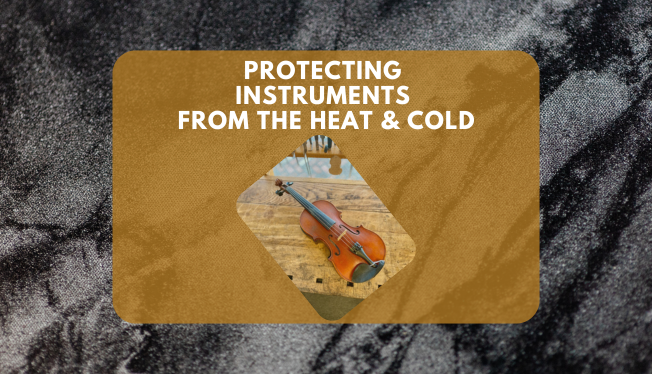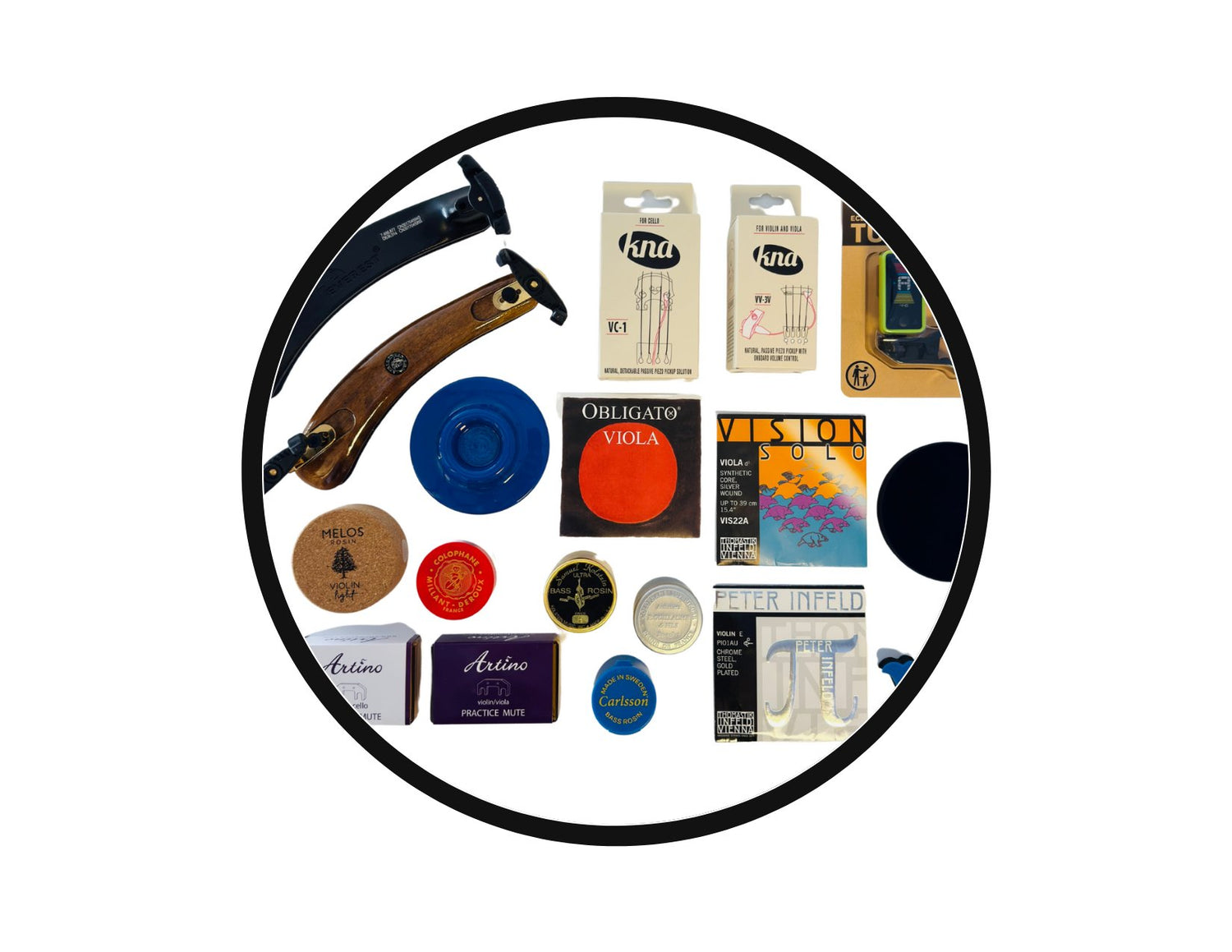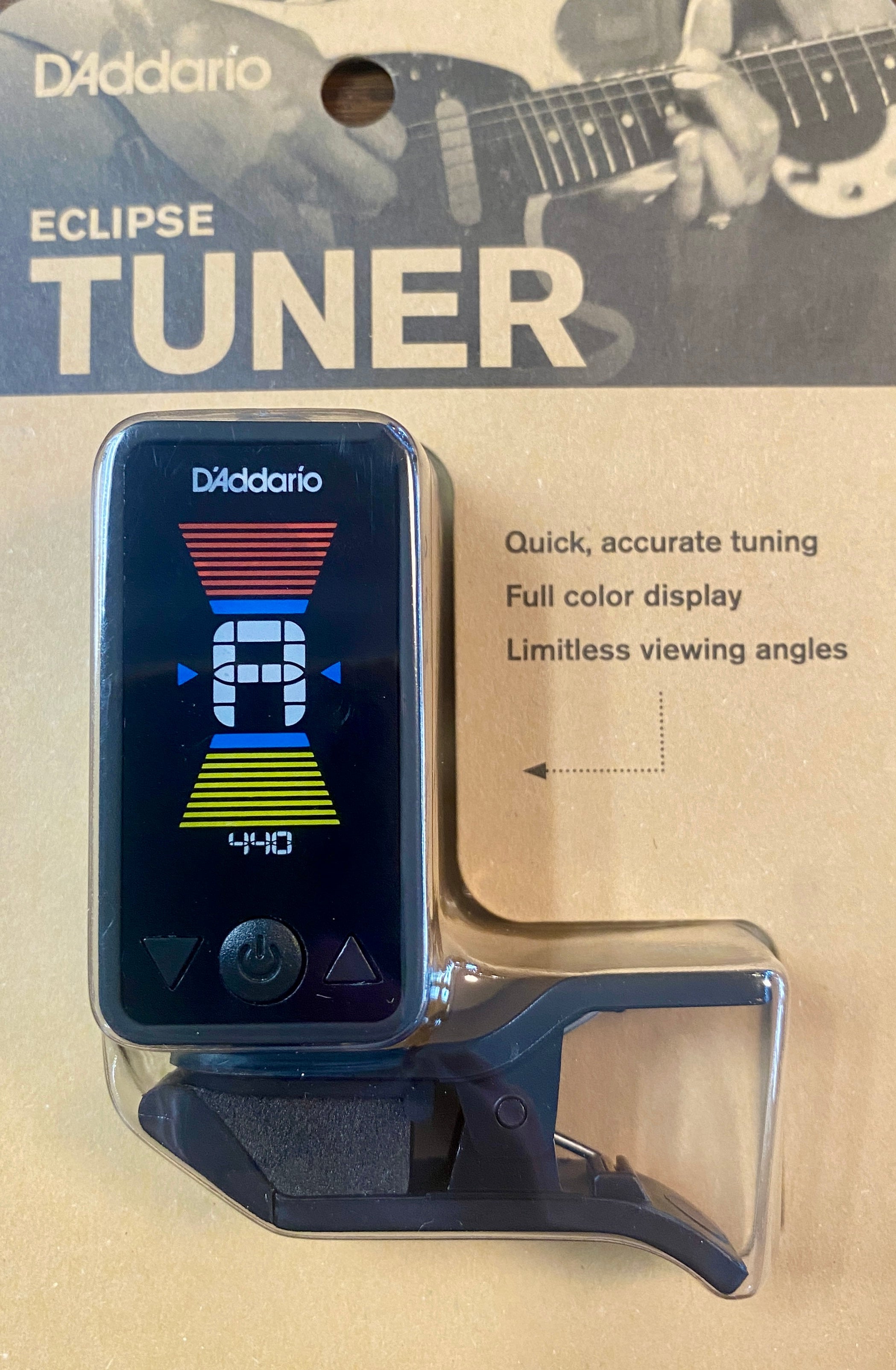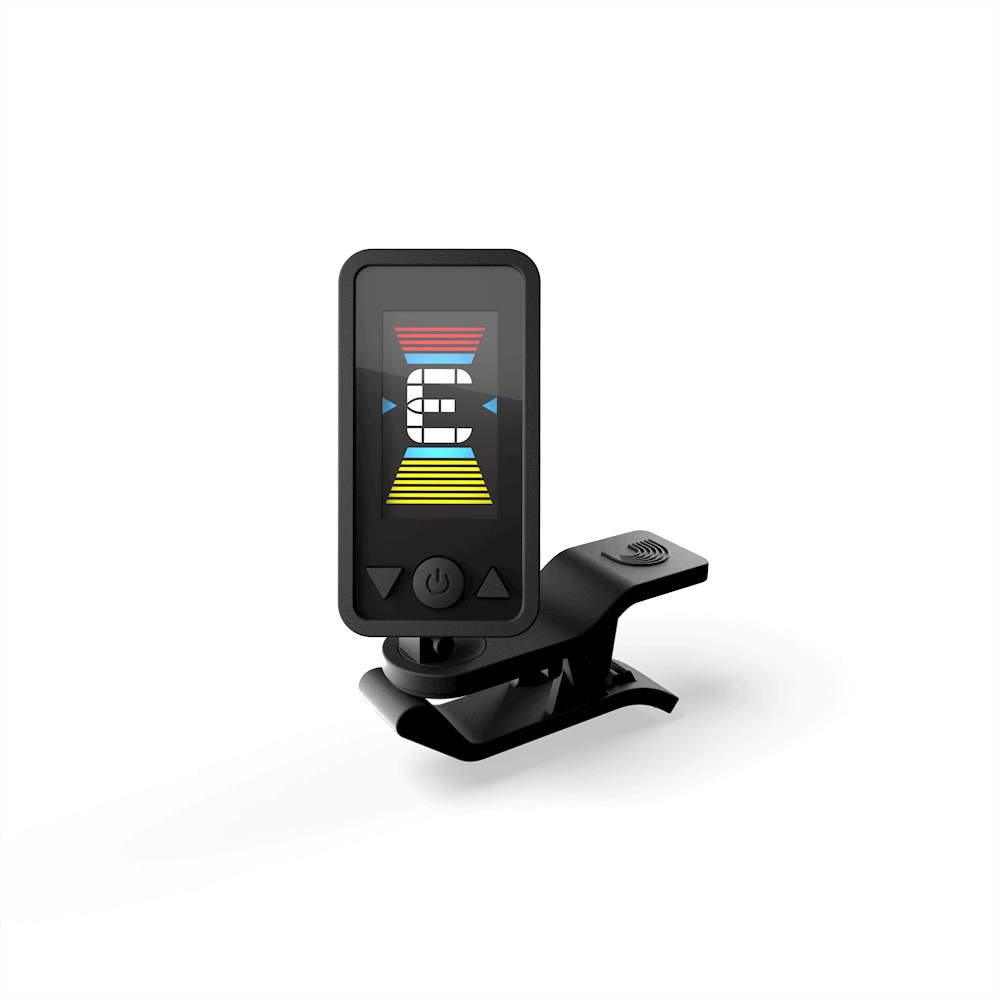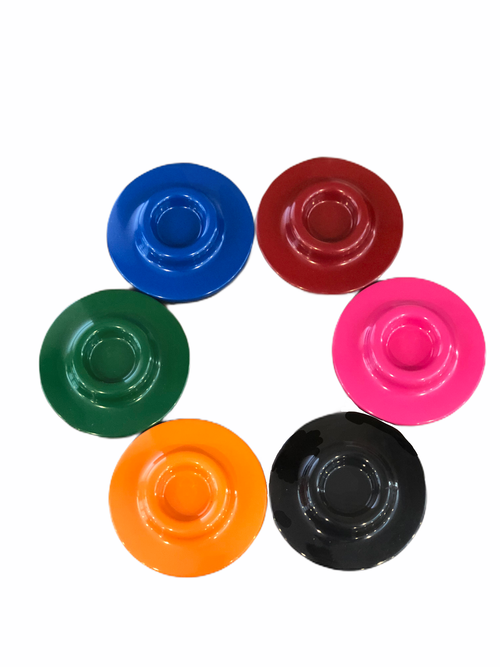Heat, humidity, and environmental factors can significantly affect the health and sound quality of string instruments. To protect your instrument, maintain stable humidity levels between 40-60%, avoid exposure to direct sunlight, and store instruments in climate-controlled environments. Regularly check and adjust conditions to ensure your instrument remains in optimal playing condition. We'll explore how these elements affect your string instruments and share some tips on how to protect them.
The Silent Enemies: Humidity and Heat
The Impact of Humidity
High humidity can cause the wood to swell, affecting the instrument’s tone and potentially damaging components like the soundpost and bridge. Conversely, low humidity can lead to wood contraction, resulting in cracks and structural damage.
-
Preventive Measures:
- Use a humidifier or dehumidifier to maintain humidity levels between 40-60%.
- Store instruments in their cases with silica gel packets if possible when not in use.
- Use a Humidity Control kit for the ideal humidity levels.
- Use a case that has a built-in hygrometer to monitor the levels of humidity or dryness, such as the Bobelock Oblong Suspension Viola Case, MI & VI Deluxe Hardwood Violin Case, or the trendy Polycarbonate Cello Shaped violin case, available in several colors (contact us for more in-stock color options) .

The Impact of High Heat
Extreme heat can soften varnish, impacting both aesthetics and sound. The intense summer heat can cause the varnish to soften and become sticky. This not only affects the instrument's aesthetic but also its sound quality, as the softened varnish dampens the vibrations of the wood.
-
Preventive Strategies:
- Never leave your instrument in direct sunlight or in a hot vehicle.
- Use thermoplastic cases that provide insulation against extreme temperatures - these cases are often used with school instruments.

The Impact of Dryness
Dry conditions pose a different threat. The dry air causes the wood to contract, which can lead to a hairline crack in the instrument. This requires expensive repairs, and at times this can be devastating if someone is scheduled to perform, possibly causing another purchase of an instrument on short notice.
-
Protection Techniques:
- Invest in a room humidifier.
- Regularly check and adjust the humidity levels in your instrument storage areas.
Real-Life Lessons from Tropical and Winter Climates
Throughout the year at Violin Shop Tampa we receive countless service tickets for instrument repairs due to environment factors. In Florida, the climate is notoriously humid, and it often makes the violin's pegs become so swollen that they stick and make tuning almost impossible. In places like Minnesota, during the bitterly cold winters, strings can become overly tense and produce a thinner sound. We have many customers that contact us to mail their instruments to us for evaluations and repairs.
Conclusion: Embracing Protective Measures
Each environment holds unique challenges for string instrument preservation. Whether it's battling the dampness of a Florida summer or the dry cold of a Minnesota winter, the key is vigilance and proactive care.
Embrace these protective measures to ensure your beloved instruments continue to produce the beautiful sounds for which they were crafted. Remember, the care you give your instrument reflects the love you have for your music and will save you time and money from repairs, and even possibly replacing an entire instrument. We are happy to answer questions about preventive measures or complete repair work on your damaged instrument. Contact us at Violin Shop Tampa today and let us help you.

